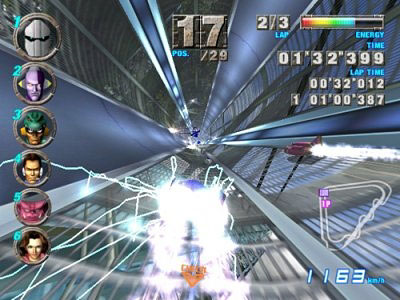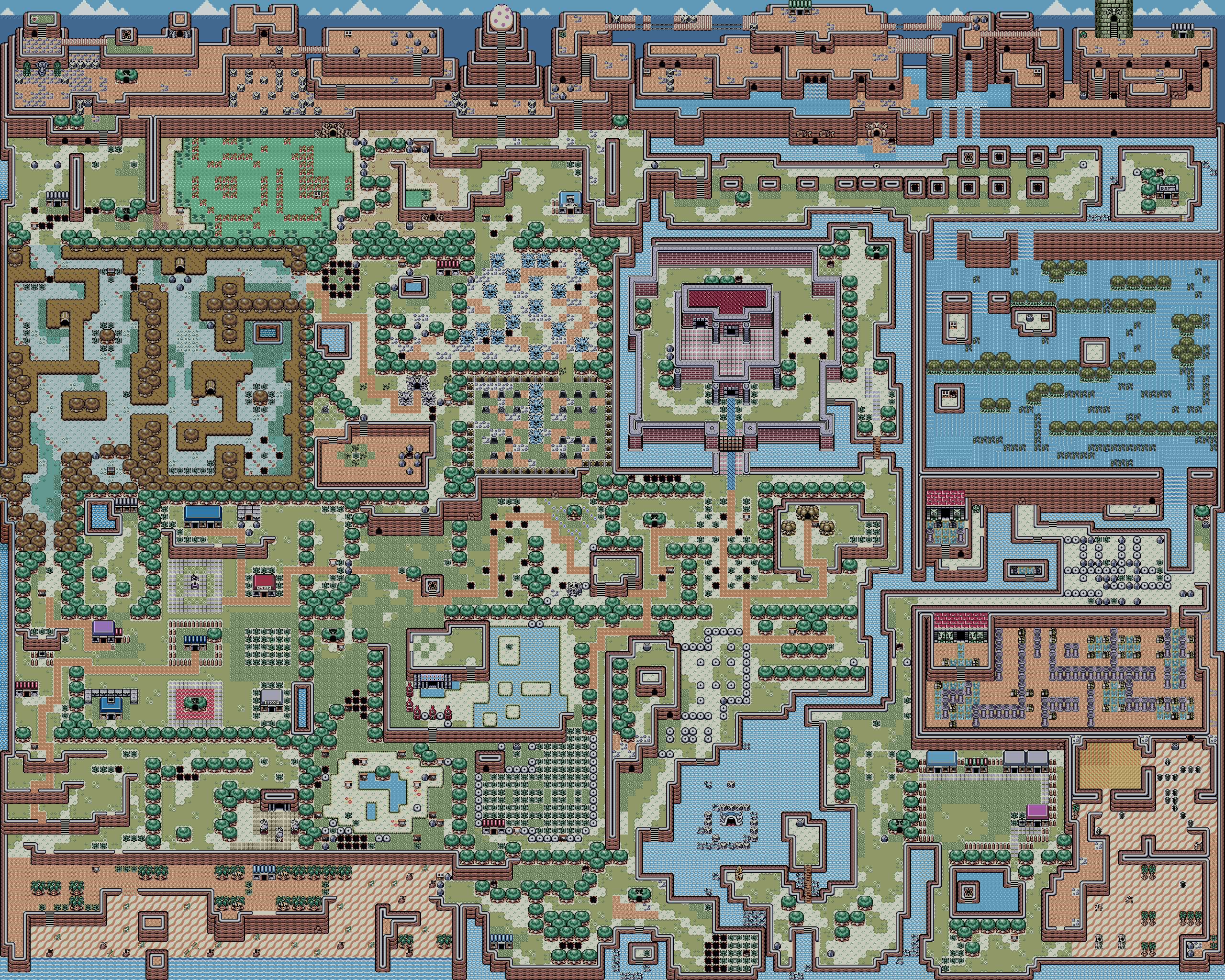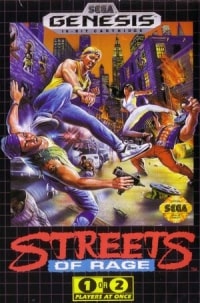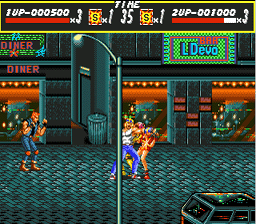 Remember at #18 when I said Capcom proved they could be trusted with Nintendo’s characters and that allowed something special to happen? What happened was this: Nintendo realised they could source out their characters to other top-flight developers and reap the monetary rewards. To this end, they joined forces with Namco and Sega to form the Triforce (named after the artefact from Zelda) with a Sega-created arcade board designed to house games created with the involvement of all three gaming giants.
Remember at #18 when I said Capcom proved they could be trusted with Nintendo’s characters and that allowed something special to happen? What happened was this: Nintendo realised they could source out their characters to other top-flight developers and reap the monetary rewards. To this end, they joined forces with Namco and Sega to form the Triforce (named after the artefact from Zelda) with a Sega-created arcade board designed to house games created with the involvement of all three gaming giants.
In the 1980s and 1990s, the idea of Sega and Nintendo working together was as utterly inconceivable as Doctor Doom becoming a member of the Avengers. By the new millennium, though, Sega had bled so much cash through their home consoles that they had shifted to simply making games, something that had made them and their former rival a lot of money. F-Zero GX was the first ever collaboration between the two companies and my goodness was it a good one.
 For the uninitiated: F-Zero races involve vehicles magnetically suspended over the tracks, whizzing around at the speed of light. It’s a bit like the pod racing bit in Star Wars: Episode I except the rest of it isn’t crap. Unlike most Nintendo franchises, F-Zero was very character-light in its early days, with only four main characters, none of whom were particularly expanded. Even now with dozens of characters, everyone is presented as much less important than the races themselves- quite symbolic, really, of the fact the gameplay took a lead role in the game itself.
For the uninitiated: F-Zero races involve vehicles magnetically suspended over the tracks, whizzing around at the speed of light. It’s a bit like the pod racing bit in Star Wars: Episode I except the rest of it isn’t crap. Unlike most Nintendo franchises, F-Zero was very character-light in its early days, with only four main characters, none of whom were particularly expanded. Even now with dozens of characters, everyone is presented as much less important than the races themselves- quite symbolic, really, of the fact the gameplay took a lead role in the game itself.
F-Zero GX ticks so many boxes it’s a little bit unnerving. The track design is superb, the characters, new and old, are endearing, the music is astounding, the graphics are beautiful and the difficulty is DEVASTATING. I have never met a game that simultaneously made me want to kill the people behind it and shake their collective hand so firmly it would crush. This game is the ultimate answer to people who say Nintendo games are childish and simplistic because, bugger me, is it ever hard. And you know the best bit? You always want to come back for more.
 No matter how many times you fall off a track, no matter how many times you explode, no matter how many times that PRICK Black Shadow messes you up, you want to come back because, damn it, NEXT TIME you’ll get him back. Winning a cup is a gloriously satisfying experience because you have to work so hard to manage it. That, in essence, is how games should be.
No matter how many times you fall off a track, no matter how many times you explode, no matter how many times that PRICK Black Shadow messes you up, you want to come back because, damn it, NEXT TIME you’ll get him back. Winning a cup is a gloriously satisfying experience because you have to work so hard to manage it. That, in essence, is how games should be.
































